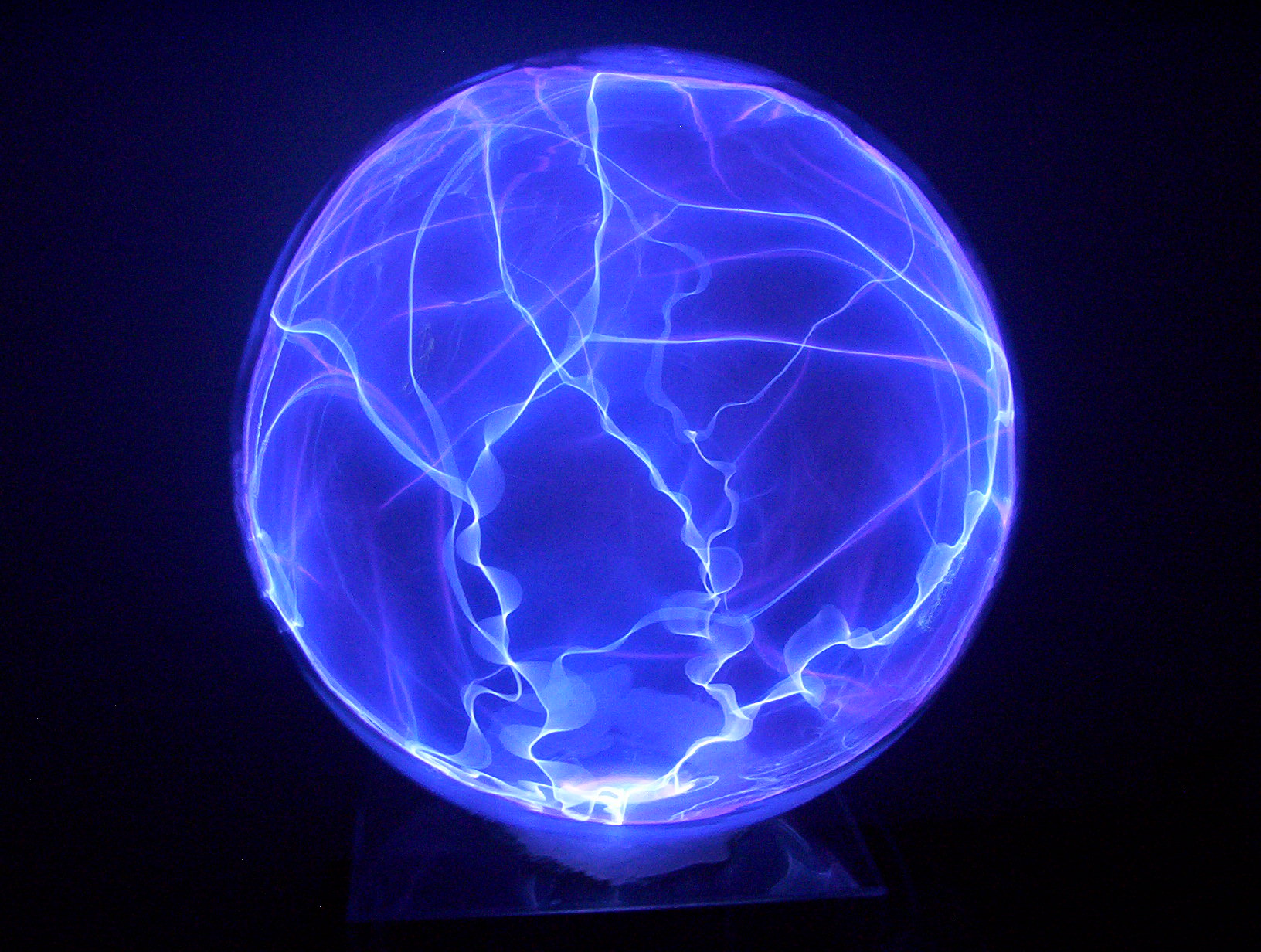So after re-watching one of my favorites, Virus, I'm left with two more questions.
 |
| The Drej are pure energy! |
and
2) Perhaps an easier question: what is the viability for robots to successfully utilize human or otherwise animal parts? I know we've been experimenting with different kinds of robotic prosthetic parts in people, can that same process be reversed for the monster in Virus or for the Borg in Star Trek?
 |
| But can robots do this? |
 |
| We can do this |
First I want to post about the first question, of energy based lifeforms, before I get into the real meat that is cyborg part replacements.
 |
| Plasma is what you see in lightning |
Now for the science. There is some evidence to support the idea for inorganic material to behave life-like in the plasma state. When an element is subjected to extremely high temperatures it becomes a super-critical fluid also known as plasma, which has peculiar characteristics. Plasma is formed inside of stars and terrestrially as lightning among many other phenomena that are really common in space and a lot more common than the necessary environment for life as we know it. Laboratory experiments with plasma have yielded similar qualities to that of a single cell organism. Grains of dust can form a helical structure similar to DNA and an ionic bilayer is formed creating a closed membrane. Spheres of plasma can even duplicate themselves much like a cell would, by splitting in two.
 |
| Amoebas in Space! All thanks to plasma. |
Okay, so maybe tiny plasma 'cells' can be made in a lightning bolt on earth, but can they evolve into into lifeforms as complicated as the carbon based life that we know? Some people theorize that there might be plasma organisms that are somewhat similar to the carbon based organisms we know of but we just can't detect them. This sounds a bit more on the fiction side, though.
From what it seems like to me and the lack of helpful evidence of a kind of sentient or otherwise intelligent life form based on plasma, plasma based life wouldn't be more complex than a simple bacteria floating through space without magical powers or abilities that are so depicted in science fiction. I would buy into the structure being a starter for carbon based life forms as Tsytovich speculates with his research, but not its own life highly evolved plasma life form.
-'Till science proves I'm wrong!









